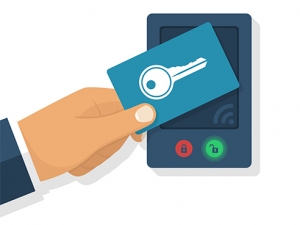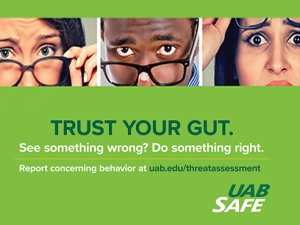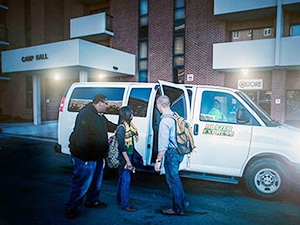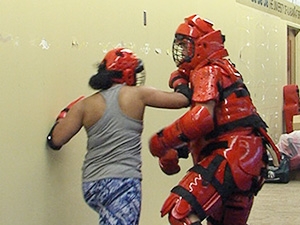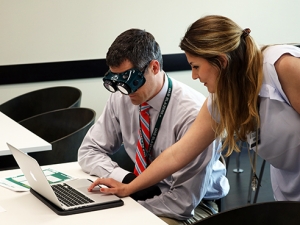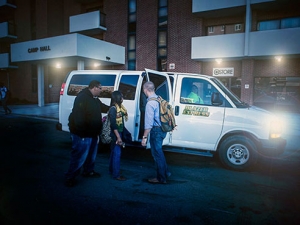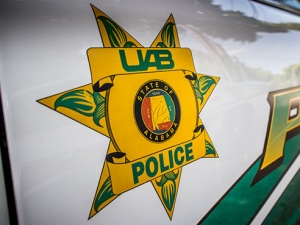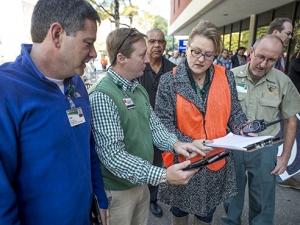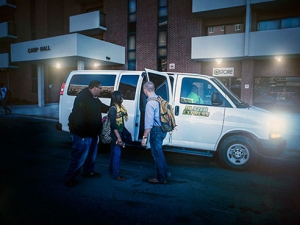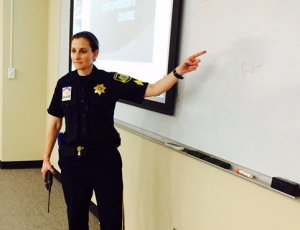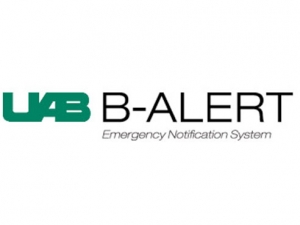Students, faculty and staff put themselves in the positions of people with ADHD, dyslexia, multiple sclerosis and hearing, mobility and visual impairment to better understand obstacles to accessibility on campus.
They were volunteers in UAB’s weeklong Disability Experience Event led by Disability Support Services April 10-14. Simulations were used that created something akin to a first-person experience of the challenges people with varying disabilities encounter daily.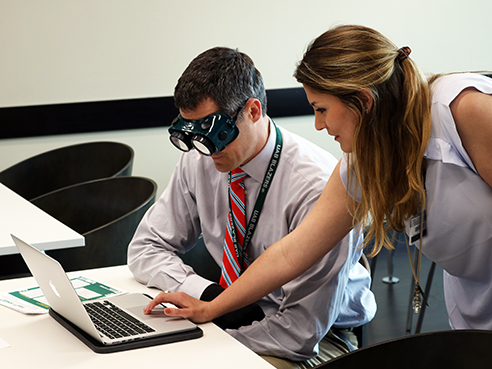 Assistant Vice President of Public Relations Jim Bakken participated in a low-vision simulation.For ADHD simulations, participants used a special website to complete practice activities that enabled them to visualize the challenges of hyperactivity and attention deficiencies.
Assistant Vice President of Public Relations Jim Bakken participated in a low-vision simulation.For ADHD simulations, participants used a special website to complete practice activities that enabled them to visualize the challenges of hyperactivity and attention deficiencies.
Assistant Vice President of Public Relations Jim Bakken and Vice President of Student Affairs John Jones, Ph.D., participated in low-vision simulations, which involved navigating various floors of buildings such as the Hill Student Center and crossing busy streets such as University Boulevard. DSS staff accompanied them to ensure their safety.
Bakken said that it was awkward to navigate the student center while wearing the low-vision goggles, despite being familiar with the general layout.
“The simulation tried to show how it would feel to adapt physically to a disability, but also showed things you’d experience emotionally,” Bakken said. “It made me realize and have a greater appreciation for how difficult it would be to have a visual impairment, especially in an unfamiliar space.”
The goal is to get people thinking about the effect disabilities may have on activities students can and cannot participate in on campus, said Ashleigh Johnson, office manager in DSS.
“We wanted to raise awareness for accessibility, not to necessarily show someone what it’s like to live with a disability,” she said. “We want people to think outside the box when planning events or activities for students, to think of universal design and how the programming can be accessible to everyone.”
Josh Carter, Ph.D., administrative director in the Office of the President, participated in a low-vision simulation that showed him how certain lighting, signage or floor and wall patterns can be detrimental to people with specific vision impairments.
|
“We want people to think outside the box when planning events or activities for students, to think of universal design and how the programming can be accessible to everyone.” |
“It changed my perspective tremendously,” he said. “It made me realize we have many opportunities at UAB to continue to make things better for students who have visual impairments.”
Carter said that DSS is proactive and committed to making progress in that area, focusing on federal compliance and also making UAB accessible and inviting. He said UAB leadership supports that goal by evaluating and reevaluating new buildings and streetscapes to ensure they are accessible to faculty and staff.
“It’s incumbent upon us to be as reasonably accommodating as we can,” he said. “It’s one thing to have a diverse population, but if we don’t add in inclusion, we are missing the boat.”
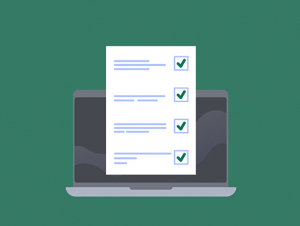
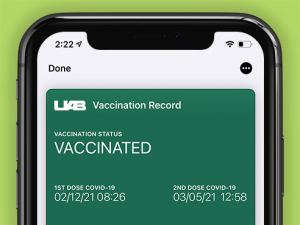
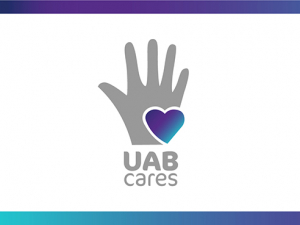
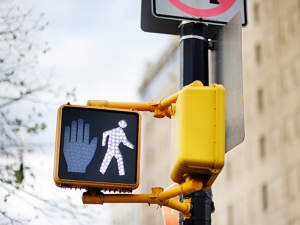
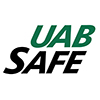 Be safe, not a statistic: Pedestrian fatalities have risen 46 percent since 2009.
Be safe, not a statistic: Pedestrian fatalities have risen 46 percent since 2009.
